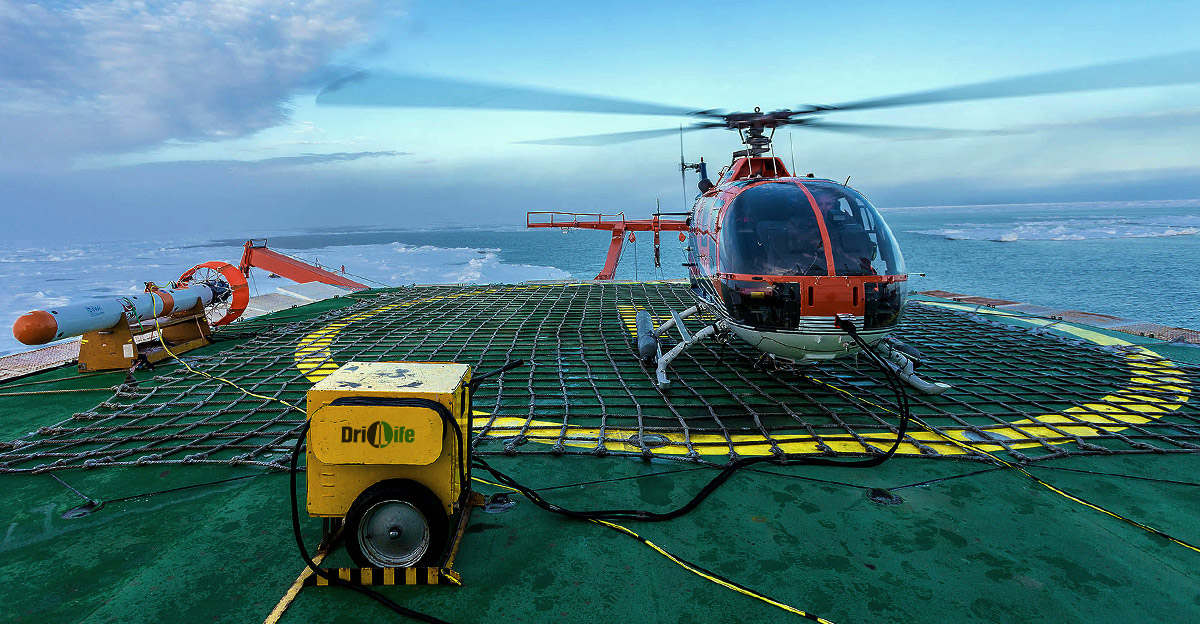
Newly discovered oil fields are becoming less and less large, and existing fields are being depleted, so more complex reserves and ways to develop more challenging deposits are being designed. The oilfield service represents a wide range of facilities which are closely interrelated, but it is possible to distinguish such technologies and solutions that have become the flagship and essential for further development of this industry.
Drilling
The most significant part of the oilfield services market is production drilling, in which the most common trend is the complexity of the well casing program. In certain regions of oil production, horizontal holes have become the main method of field development. The complexity of the well casing program, the share of multiluteral and multibranch wells is growing, the Fishbone technology is spreading, the meaning of which is that multiple branches are separated from a single horizontal wellbore and wells are being drilled with an increasing deviation from the vertical. There is a construction of wells that was technically impossible before. For example: slant-hole directional drilling from the shore.
FRAC (hydraulic fracturing)
Now it is difficult to imagine a horizontal well that would not have produced hydraulic fracturing (fracking). Hydraulic fracturing operations allow a mixture of liquid and a special wedging agent (proppant) to be injected into the formation under high pressure to form cracks in the network, which provide oil flow to the well. The number of hydraulic fracturing stages is growing. Hydraulic fracturing fluids are also becoming more complex. Polymer solutions, hydrocarbon gels, acidic compositions, stable foam are used along with traditional guar gum.
Enhanced oil recovery methods (EOR) of reservoirs and intensification of production are not limited to hydraulic fracturing operations. This is an entire class of methods, including thermal, chemical, gas, hydrodynamic, physical methods and combinations of them.
KPC (major workover)
The aging of the well stock and drop in production rates promotes a further increase in the number of major workover (КРС) and their complexity. The most popular among KPC are operations related to maintaining or increasing production volumes, such as development and bringing in of wells, preparation for and development after hydraulic fracturing, treatment of the bottom-hole zone, etc. Coiled tubing is becoming a promising technological solution for KPC, which use installations with flexible tubing. Using of CT allows to pump liquids into the well at any time, regardless of the position or direction of movement of the equipment.
Geophysics
The development of increasingly complex hydrocarbon reserves and the construction of complex wells allow to fully unlock the potential of well log surveys. Methods of well log surveys allow to characterize the well log, lithology, reservoir parameters, etc. and obtain data on the structure of the subsurface and conditions in them. At the moment, the most popular well log surveys are surveys for hydraulic fracturing, drilling and for KPC.
MWD and LWD
When complexity of a well increases, it is necessary to evaluate its actual trajectory and predict its future trajectory more accurately. Telemetry systems (MWD) and logging while drilling (LWD) are used for this purpose. They began to develop after the spread of horizontal drilling in response to the complexity of its conditions. In general, MWD/LWD operations are actively used during drilling horizontal wells and branching.
MWD/LWD technologies are gaining more and more popularity, developing in the direction of improving navigation sensors and software, expanding data transmission channels, increasing the number of recorded drilling parameters and improving reliability.
Artificial oil lift market
The same factors – growth of production drilling, number of wells and increase in the share of TIPS (TRIZ) – contribute to the development of artificial oil lift market. In the competition between two main types of pumps, such as ESP (installation electrical submersible pump) and SPR (sucker rod pump) – the first type has an undoubted advantage. The share of wells with ESP is steadily growing, while SPR are losing their positions. Due to the increasing activity of exploitation of fields with TIPS, ultra-small pumps are being introduced.
Cementing
The continued growth of production drilling volumes has ensured consistent development of the well cementing market. At the same time, the requirements of customers for fixing production string are increasing, and it necessitates the use of more expensive service and materials. As a result, operations become more expensive, which is also affected by increasing in the share of high-tech drilling in total volumes.
Growth depth of drilling wells, increasing risk of complications, stricter requirements for the quality of completion and operating efficiency of pay rocks determine the importance of selecting the composition of drill fluids. Drill mud provides efficiency, cost-effectiveness and safety of drilling, therefore, special attention is paid to the formulation, study of properties and testing of solutions. Recently, hydrocarbon-based drill fluids and their alternative environmentally friendly solutions have become popular. This contributes to the development of new directions, such as the use of surfactants and emulsifiers.
Well completion
Well completion involves a whole range of operations that are necessary to start initial production, so intellectual decisions are increasingly used to optimize the process with the development of new technologies. Automated downhole equipment provides continuous collection and transmission to the surface of data on the parameters of production or injection of liquid into the reservoir in real time, keeping separate records of production for individual reservoirs, as well as regulating the injection of water through reservoirs in injection wells. The introduction of such systems – «smart wells» – is due to increased attention to TIPS, the development of almost untended technologies, remote and offshore fields. The introduction of fully intellectual solutions is still limited by these situations, but many companies use a light option, in which wells are equipped with an in-well monitoring system that includes pressure and temperature sensors, distributed temperature profiling, and in-well flow meters.
